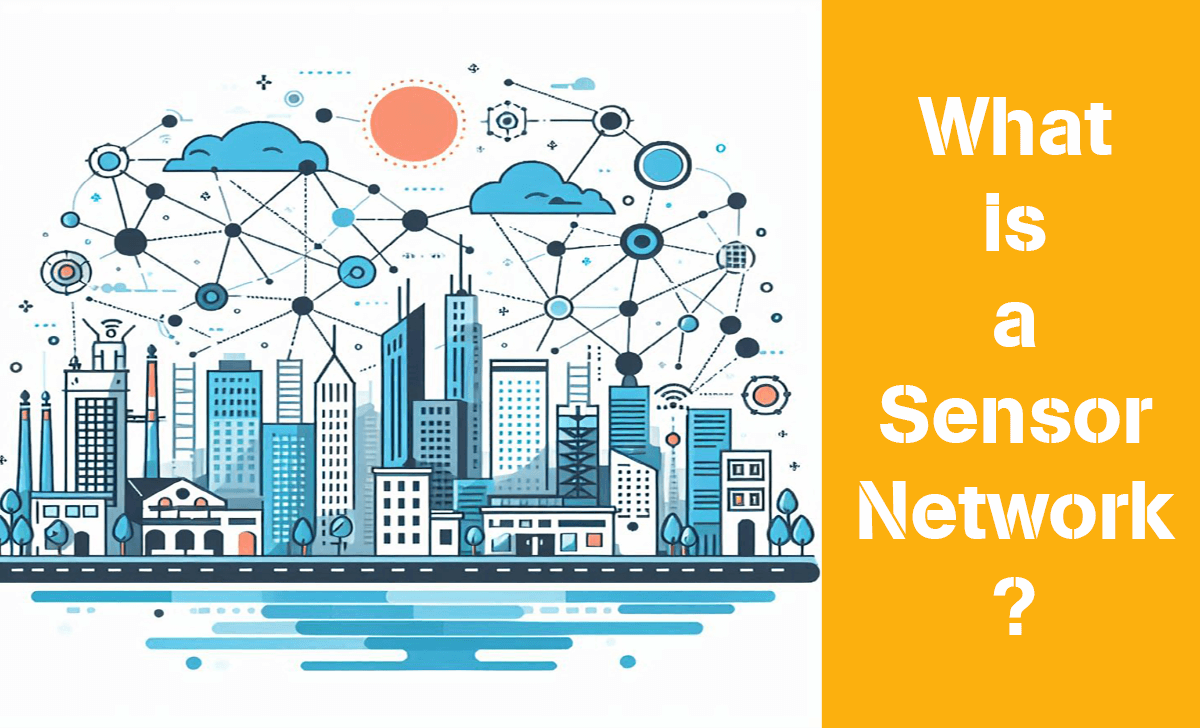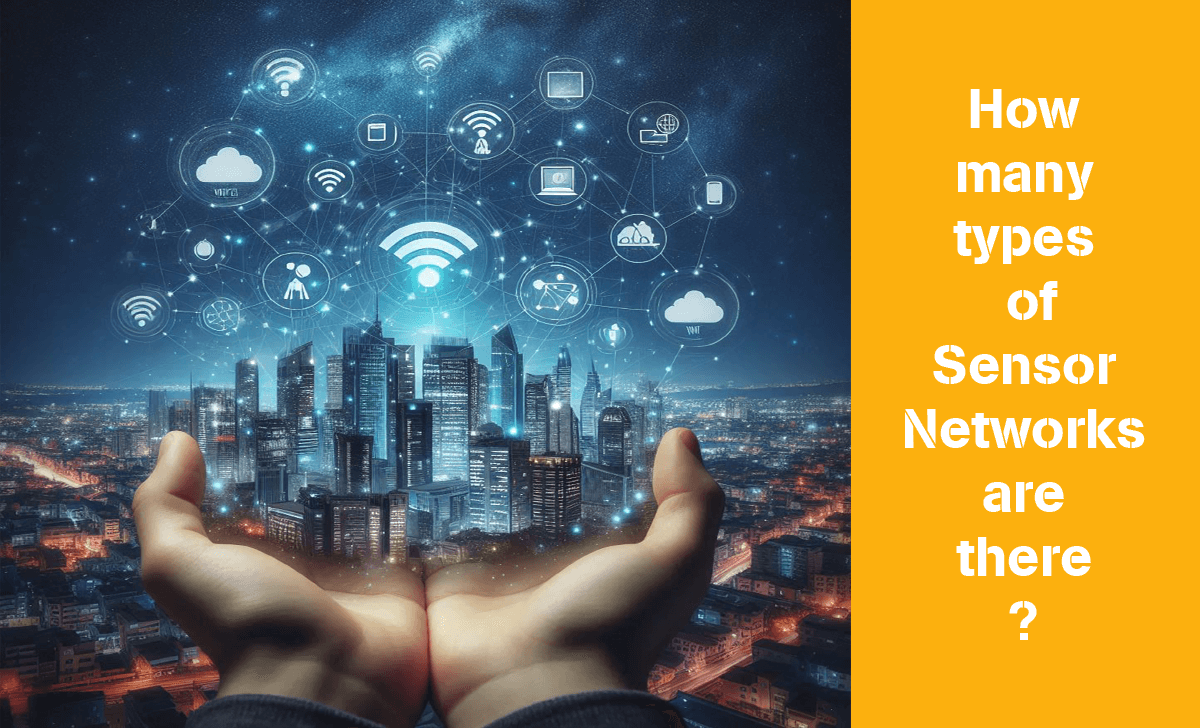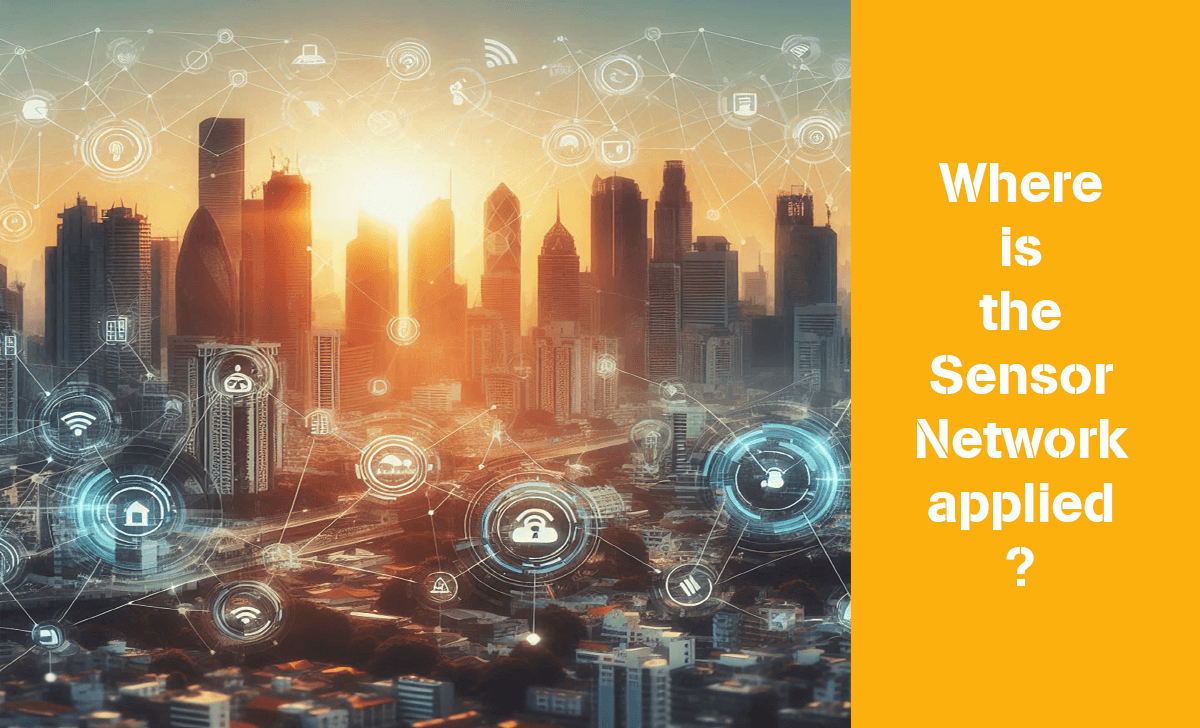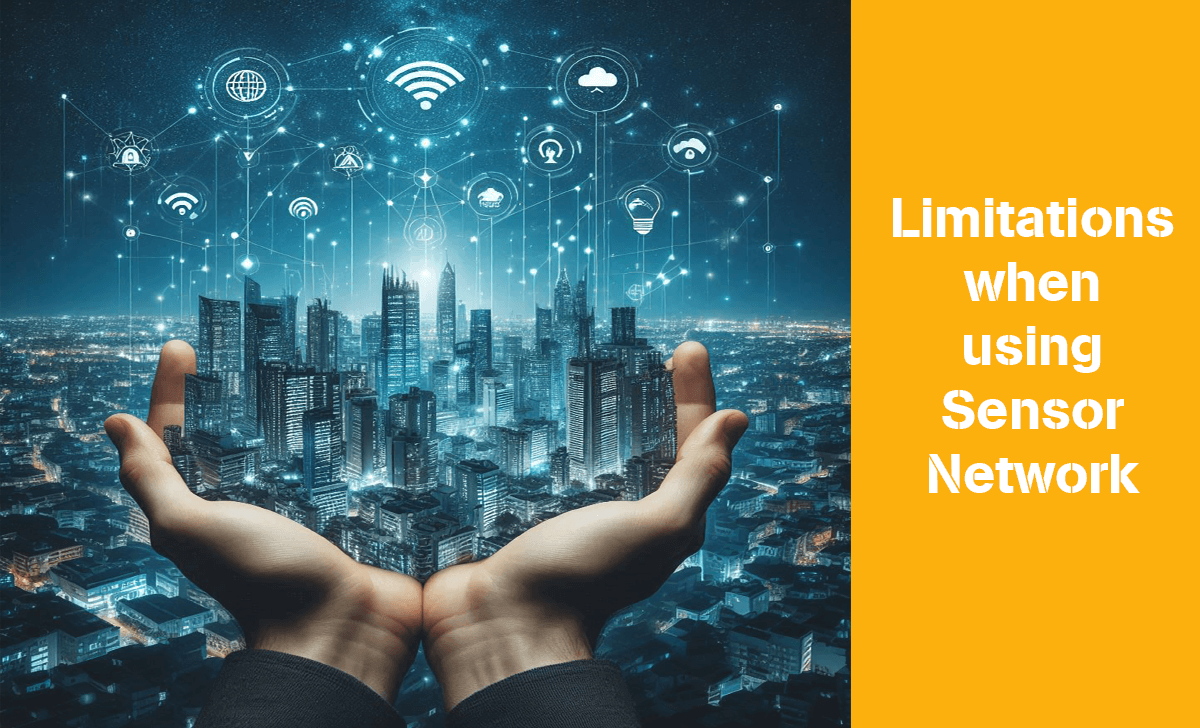A Sensor Network is an infrastructure-free wireless network deployed with large numbers of wireless sensors. This network is designed to monitor systems, physical conditions, or environments with multiple wireless sensors especially.
Do you want to know more about the concept of Sensor Networks? If so, stay tuned for upcoming content with AZCoin!
What is a Sensor Network?

Sensor Network, more fully known as Wireless Sensor Network (WSN), is a network of devices that communicate monitored information through wireless links. Accordingly, WSN is designed to monitor systems, physical conditions, or the environment with many wireless sensors in a special way.
A full Sensor Network system will include a Base Station and nodes, in which nodes are usually wireless sensors and are distributed in large numbers over a wide area. The node will be connected to the Base Station to serve the management and monitoring of the environment where the nodes are distributed.
To describe it more simply, the Sensor Network is a collection of small node devices, distributed in many places to collect information and transmit it to the Base Station.
How many types of Sensor Networks are there?

Depending on the environment, Sensor Networks can be determined by the method in which they are deployed, such as:
Terrestrial Sensor Network
These are Sensor Networks deployed directly on the ground, possessing the most effective communication ability between the Base Station and the node.
This is also a network that owns hundreds to thousands of wireless sensor nodes deployed in an unstructured or structured way.
Underground Sensor Network
Deployed Sensor Networks are somewhat similar to Terrestrial Sensor Networks but will include several sensor nodes hidden underground. This network also requires much higher installation, maintenance, and replacement costs.
The purpose of the Underground Sensor Network is to monitor underground conditions by receiving information from the Base Station and the node.
Underwater Sensor Network
Unlike Sensor Networks that are deployed and used on the ground, this is a network system built from nodes and vehicles that can be deployed underwater.
Although the implementation is quite different, the Underwater Sensor Network has the same purpose of collecting data, only the collection environment is different.
Multimedia Sensor Network
It is a Sensor Network system designed to serve the purpose of tracking and monitoring events in multimedia forms such as images, video, and audio.
Although the idea is great, Sensor Networks still face many problems in implementation, such as high energy consumption, and high bandwidth requirements,…
Where is the Sensor Network applied?

Currently, Sensor Network systems have been applied in many areas of life, including:
- Applications in the environment and agriculture industry.
- Applications in medicine and health monitoring.
- Military applications.
- Home automation or Smart Home.
- Industrial monitoring and control,
At present, there are also many high-tech products developed corresponding to the above applications such as SAP SCM, IOTA, Blue Yonder,…
Limitations when using Sensor Network

Although it can be applied in many different fields, Sensor Network still faces many challenges from many sides such as:
- Poor fault tolerance can significantly affect the network if damage or errors arise from nodes.
- Stability when expanding the system is not guaranteed and is also relatively difficult to implement.
- Production, investment, deployment, and maintenance costs are very high.
- Highly influenced by the impact of the deployment environment.
- Information quality over time can be affected if not regularly maintained.
Additionally, if you want to learn more about other innovative technologies, here are some suggestions for you: Futures Contracts, Distributed ledger technology (DLT),…
Conclusion
Finally, together we have learned the most general and easy-to-understand content about the Sensor Network concept. Thank you for taking the time to watch all of this content and hopefully we will see you again in future content from AZcoin.

I am Tony Vu, living in California, USA. I am currently the co-founder of AZCoin company, with many years of experience in the cryptocurrency market, I hope to bring you useful information and knowledge about virtual currency investment.
Email: [email protected]











